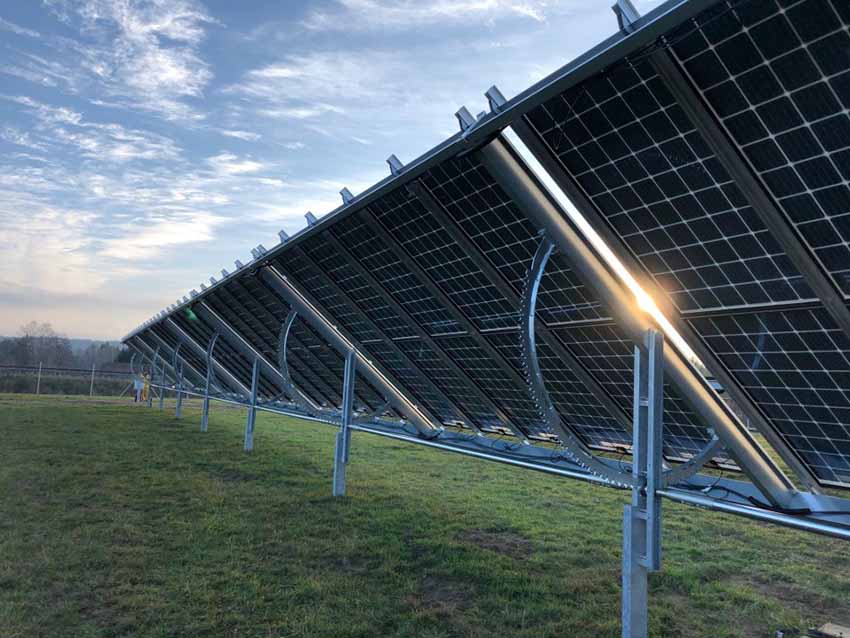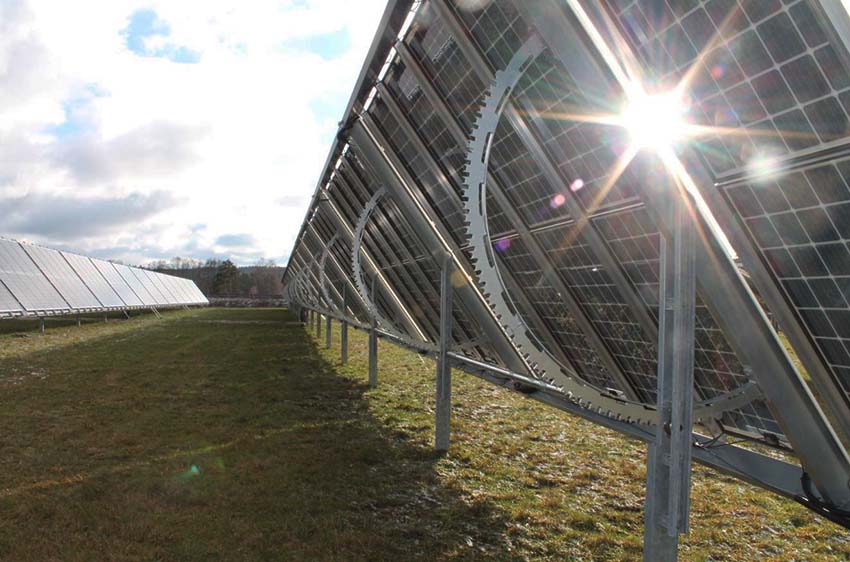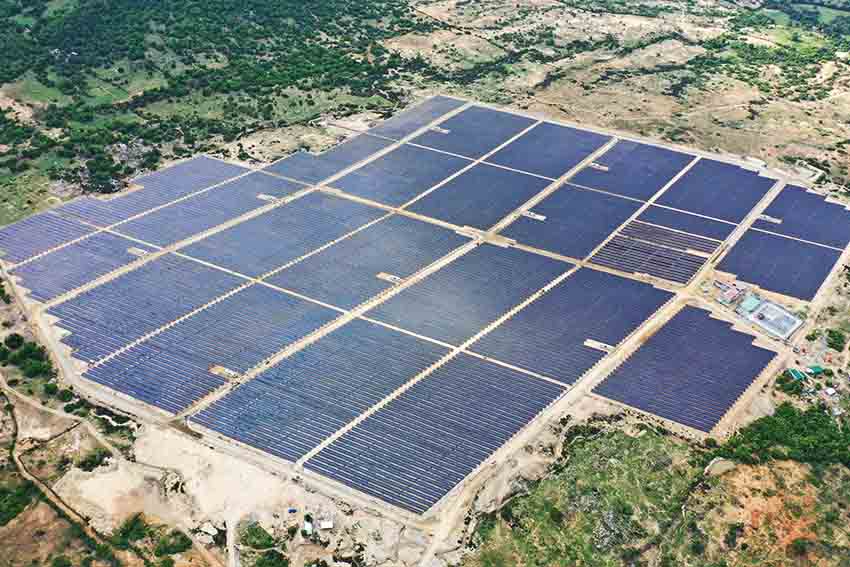Schletter is one of the foremost producers of mounting structures for solar panels. What started out as a humble family business in metal manufacturing has grown into one of the most well-established, respected solar mounting enterprises. With operations in countries throughout the world, Schletter is proud to say that their dedication to quality, integrity, and professionalism remains unchanged.
The global team currently consists of over 600 highly talented specialists, coupled with an organized and extensive network of service and distribution partners. The company has always strived to set the bar high – something they attribute to the ongoing success – and this is evident from the fact that their mounting structures are used all over the world, from Australia to Sweden, from Japan to the UK, and from Canada to Saudi Arabia and South Africa.
Through global distributor network, the solar mounting systems of the Schletter Group are also available in Romania. With a wholesaler and more in negotiations, Schletter is always available for customer’s concerns and questions on site.
Easy Engineering: What’s the news about new products?
SCHLETTER: High load-bearing capacity and fast mounting: the Schletter ProLine pitched roof system
With the ProLine pitched roof system, a new profile geometry allows for significantly less material usage than with the current Schletter standard profiles. At the same time, the profile can cope with higher loads. The ProLine profiles can also be installed without tools using a single internal connector, which saves time and costs during mounting. A new cross-rail connector ensures a structurally resilient installation.

To complement the proven roof hooks made of stainless steel and high-strength structural steel, Schletter has added two aluminum roof hooks to its range. The lightweight “EcoA” and “RapidA” roof hooks offer an additional option to optimize projects and save on installation costs. At Intersolar, the company will also be presenting the new RapidA 35 roof hook, which has been specially developed for lower roof battens. The important thing is that all Schletter roof hooks are compatible with both the Schletter standard mounting rails and the new ProLine rails. This is ensured by a pre-mounted, rotatable multi-adapter.
The “Rapid Pro” module clamp, which is matched to the new profiles, is also characterized by its simple, fast installation. Following the principle of “one size fits all”, it can be used in future to fix all standard module sizes with frame heights of between 30 and 47 mm. The fully pre-assembled clamp is clipped into the upper groove of the profile and then fastened.
More flexibility, less ballast – the enhanced FixGrid Pro
The FixGrid Pro flat roof system requires less ballast thanks to enhanced aerodynamics. For example, with the optimized FixGrid Pro in east-west orientation, the maintenance aisle is not located between the lower edges as before, but rather the upper edges of the angled modules. “Our wind tunnel tests have shown clear aerodynamic advantages resulting from this, which can save up to 10 percent ballast,” explains Manuel Schwarzmaier, Head of Sales for Roof Products at the Schletter Group. “It also makes mounting the modules and wiring them much easier.”

In addition, the Schletter developers have further optimized the system according to modular logic, making planning and installation more flexible and faster. Instead of different module supports depending on the angle of inclination, module size or type of configuration (upright or horizontal), all variants can now be realized with just a few universally applicable components. “Our new FixGrid Pro always allows an optimal support and clamping position for the module – no matter what the angle or size,” Schwarzmaier emphasizes.
Open-area and tracker systems: less material per kilowatt of power
The Schletter Group will also be showcasing its open-area systems at Intersolar. This includes a new variant of the Schletter Tracker, which has been specially optimized for easy configuration with large-format modules. The compact system uses less material per kilowatt of power and is around 30 percent lighter than comparable models on the market. “This is a very crucial point at the moment, especially due to the high logistics and transport costs,” explains Christian Salzeder, CSO Projects at the Schletter Group. The version called “1V” (one vertical) has the same design advantages as the current Schletter Tracker. Thanks to a mechanical self-locking mechanism, it is as stable as a fixed installation and can withstand wind speeds of well over 200 km/h.
All Schletter open-area systems have also been optimized with regard to the latest requirements of the market. This means that all systems can be fitted with bifacial modules for optimized yield. In addition, they have been adapted so that the latest large-format modules can also be installed on them, in both horizontal and vertical configurations. These are complemented by new coatings that further extend the service life of the mounting systems.

E.E: What are the ranges of products?
SCHLETTER:
- Pitched roof systems
- Flat roof systems
- Façade systems
- Open area systems
- Tracking systems
E.E: At what stage is the market where you are currently active?
SCHLETTER: In 2021, nearly 170 GW of Solar capacity was grid-connected globally, which results in a 21% growth over the year before. In 2022 the total PV-installations are expected to surpass 200 GW and will grow continuously within the double-digit percentage range until 2026. The fast growth in conjunction with the required transition of the energy supply to renewable energies makes it one of the most important and relevant industries.

E.E: What can you tell us about market trends?
SCHLETTER: As far as products go, the trend is clearly moving towards greater efficiency: Module manufacturers are developing ever larger, more effective PV cells and modules. And as for the market: Even if costs have risen due to the market distortions caused by the pandemic, the growth trend will continue and new players will increasingly play a part in the market. In Europe, for example, we are seeing that not only investors but also, increasingly, major energy suppliers are developing PV projects, especially in the open-area sector.
For mounting systems, it means primarily that frames must be as material-efficient and flexible as possible. Less material use, a reduced variety of components and maximum compatibility with the latest module formats – these will therefore continue to be the guidelines for our development work. We want to make life as easy as possible for planners and installers and also for wholesalers in terms of warehousing. And we want to make our contribution to keeping lifecycle costs as low as possible – through innovative geometries and continued high quality and durability.

